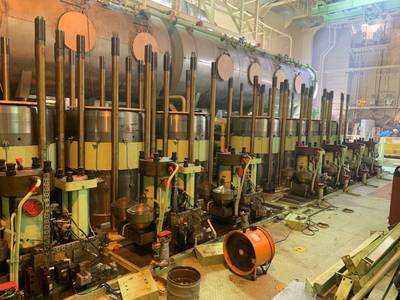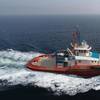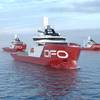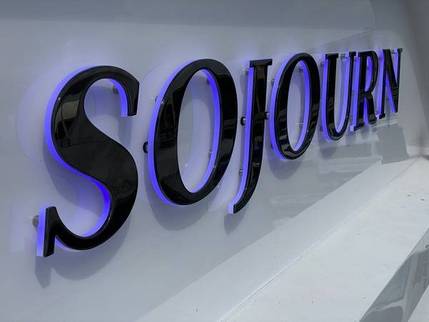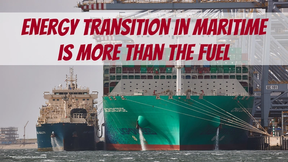The LNG Pathway
Aussies are reputed to be a nation of gamblers who would bet on two flies crawling up a wall. That might be anyone’s race, but when predicting what the most popular alternative fuel will be, the odds seem to be increasingly in favor of LNG.
It seems there is now a clear pathway where previously LNG was considered more of a transition fuel that didn’t have a strong presence in 2050 shipping fuels. New ambitions and new technologies are making it a stronger contender despite the high number of well-to-wake sources of methane slip.
A new report released by Lloyd’s Register this week evaluates the LNG pathway to near-zero net emissions by 2050. It outlines a range of solutions for reducing methane slip.
The report is optimistic about curtailing upstream emissions: “Given societal pressure, LNG producers’ own climate ambitions and the basic common sense of reducing losses of a valuable commodity, methane emission-proof upstream facilities will become increasingly common.”
So, what is the LNG pathway for shipowners?
For the scenarios covered in the report, LNG-fueled vessels will use conventional LNG with MDO as pilot fuel until 2030, when 5% bio-LNG is added to the energy mix. A further 5% is added each year. From 2039, e-LNG enters the mix with a 5% blend, increasing each year. By 2043, the vessel runs on a blend of 65% bio-LNG and 35% e-LNG, with the blend reaching 30% and 60% respectively by 2050.
There are also clear pathways for methanol and ammonia, but within the scope of the research, LNG is the most cost-effective option for running a FuelEU Maritime-compliant vessel. Considered across the whole period 2025-2050, LNG is estimated to be around 10% cheaper than ammonia and around 30% cheaper than methanol.
The use of onboard carbon capture and storage is an alternative pathway for compliance, and the report indicates that LNG could be a good fit for this as produces less CO2 than conventional fuel and has cryogenic synergies. However, while solutions are evolving at pace, establishing a value chain for CO2 with collection and sequestration points around the globe will be key to the uptake of the technology.
Another report this week, highlighted the LNG pathway for shipowners. Eni, Fincantieri and RINA’s report “Sustainable Maritime Transport Outlook” states that LNG is one of the energy carriers that, in the short term, is most capable of reducing CO₂ emissions. Over the long term, bio-LNG and biomethanol are expected to remain the primary solution for the merchant shipping sector, it says.
According to the latest ship order figures from DNV, methanol ousted LNG as favorite in March. Methanol accounted for 12 of the 25 new orders, LNG for seven and ammonia for two. But in February, it was LNG leading with 33 of the 34 orders.
It’s still anybody’s race.




